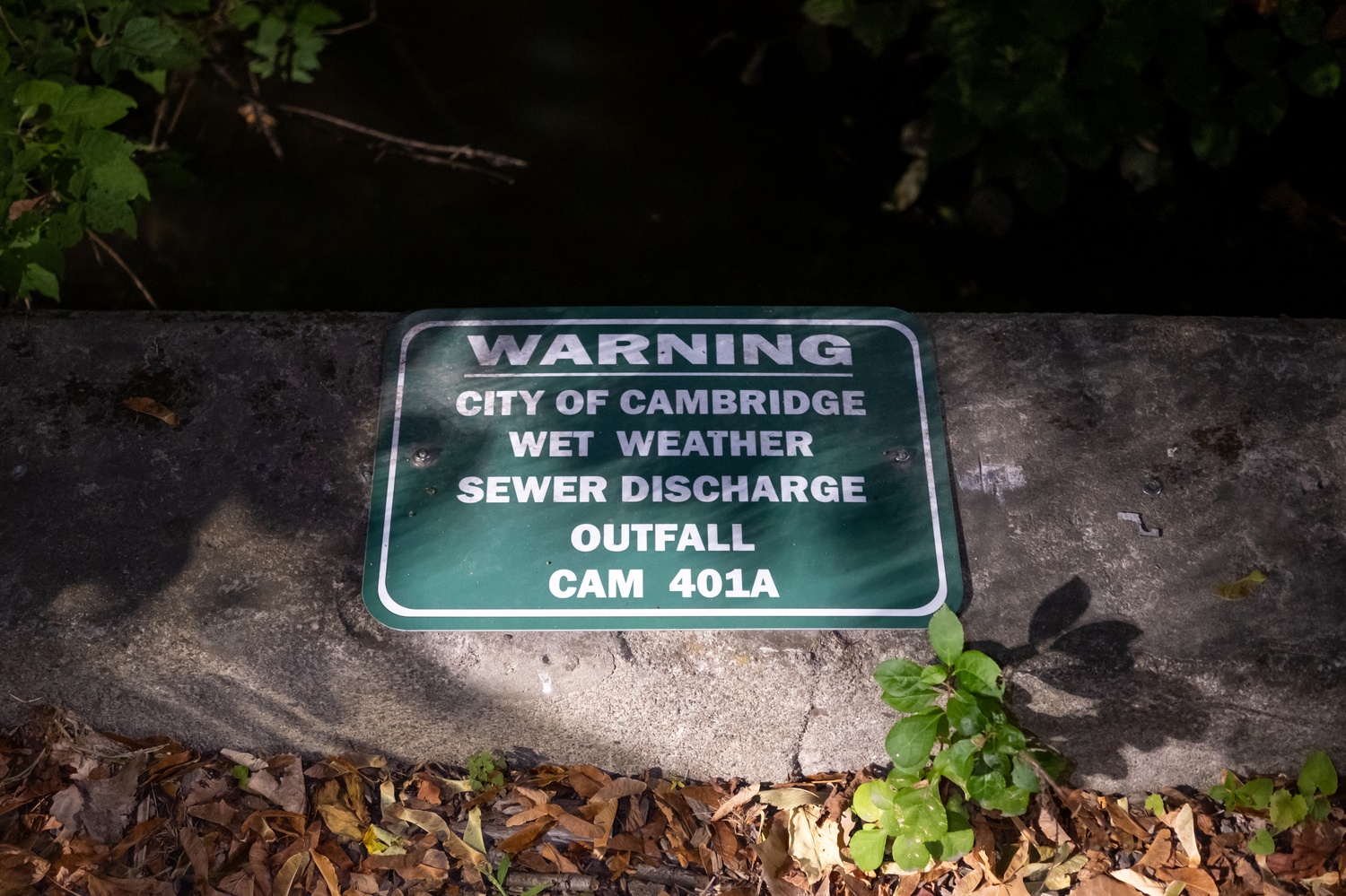
News
Summers Will Not Finish Semester of Teaching as Harvard Investigates Epstein Ties

News
Harvard College Students Report Favoring Divestment from Israel in HUA Survey

News
‘He Should Resign’: Harvard Undergrads Take Hard Line Against Summers Over Epstein Scandal

News
Harvard To Launch New Investigation Into Epstein’s Ties to Summers, Other University Affiliates

News
Harvard Students To Vote on Divestment From Israel in Inaugural HUA Election Survey
MWRA Tables Vote to Allow Sewage Overflows Into the Charles River

The Massachusetts Water Resources Authority has tabled a vote adopting a recommendation that would allow for the continuation of sewage overflows in the Alewife Brook.
The plan, proposed by the MWRA at a meeting last month, would allow for the continuation of the sewage system by declassifying the Charles River as safe to swim, shifting to a designation that allows the waterway to be “occasionally subject to short-term impairment of swimming or other recreational uses.” The MWRA board of directors were set to vote on the proposal on Wednesday, but the vote has now been pulled from the agenda.
Though it is unclear how the MWRA will proceed, Alewife advocates called the postponement a victory. Emily J. Norton, executive director of the Charles River Watershed Association, said she doesn’t expect a worse alternative to be proposed when the MWRA reconvenes.
“The proposal that they offered up for Nov. 19 originally was the weakest of all the options on the table,” Norton said.
Norton said that advocates will still need to put pressure on the MWRA as they consider future plans in order to ensure a “sewage-free” river.
“People really need to keep the pressure on,” Norton said.
The Combined Sewage Overflow system is a decades-old sewage system that discharges untreated wastewater into several waterways, including the Alewife Brook, Mystic River, and the Charles River, after heavy rain. The discharge can make the water unsafe for swimmers and boaters for days.
The MWRA has spent decades removing nearly 90 percent of the CSOs in Massachusetts, but several still exist in Cambridge, Somerville, and Allston. The remaining CSOs are increasingly difficult and expensive to eliminate, according to the MWRA.
At the October meeting, the MWRA’s Wastewater Policy and Oversight Committee recommended downgrading the Charles River from an Environmental Protection Agency rating of Class B to Class B (CSO). Under the recommended plan, CSO discharge would be cut in half by 2050, but discharges will still be allowed from certain sites.
Waterways with a Class B rating are safe for “for primary and secondary contact recreation” — such as swimming and boating — but waterways rated Class B (CSO) may occasionally have water quality that is two low ofr their permission. The EPA currently deems the Charles River safe to swim in 70 percent of the time.
Norton added that the MWRA’s proposal would go against Massachusetts’ recently-announced biodiversity plan in August that called for the reduction or elimination of CSOs.
“So what the MWRA staff proposed was literally flying in the face of what the Healey administration had just announced as their goal,” Norton said. “They’re really going rogue against what the public wants, against what this administration wants.”
The MWRA did not respond to a request for comment.
Norton hopes that ongoing advocacy will continue to improve the sewage output into Boston area waterways.
“We literally will not have a swimmable Charles if we keep dumping sewage into it,” Norton said. “This is a victory of the people of Greater Boston who love the Charles River and want to see the job finished of cleaning it up.”
—Staff writer Megan L. Blonigen can be reached at megan.blonigen@thecrimson.com. Follow her on X at @MeganBlonigen.
Want to keep up with breaking news? Subscribe to our email newsletter.
